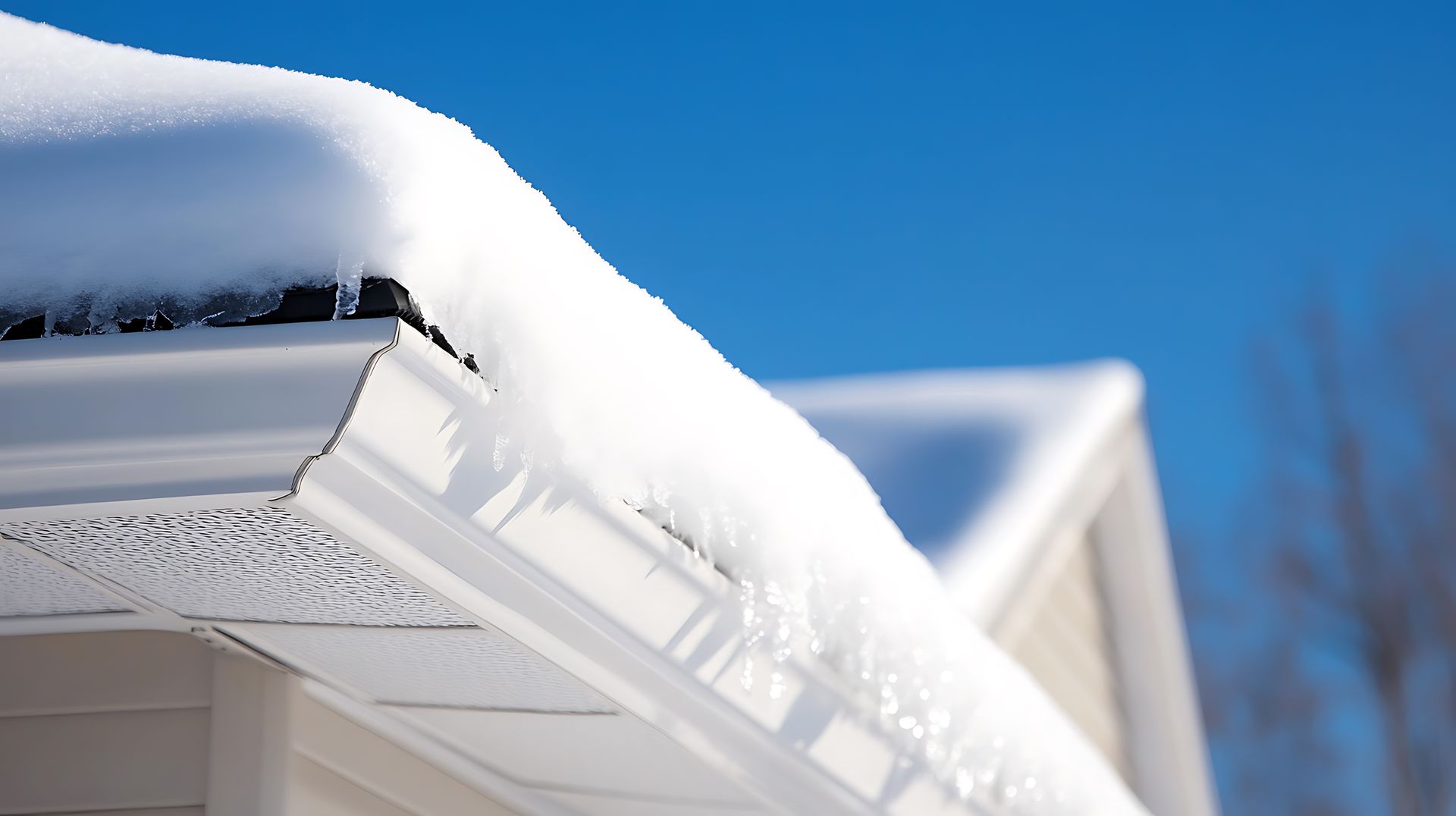Buying your first home is an exciting milestone, but it can also feel overwhelming—especially regarding the home inspection process. As a first-time homebuyer in Ohio, understanding what a home inspection entails can help you make an informed decision and avoid costly surprises. This guide will walk you through everything you need about home inspections, why they matter, and how to use the results to your advantage.
Why Home Inspections Are Important
A home inspection evaluates a property’s condition, covering its major systems and structural components. It provides peace of mind for first-time buyers by identifying potential problems before the purchase is finalized.
Without a home inspection, you might miss hidden issues like foundation cracks, outdated electrical wiring, or plumbing leaks, which could cost you thousands of dollars in repairs after you move in.
What Does a Home Inspection Include?
During a home inspection, a licensed inspector will evaluate various aspects of the home, including:
1. Structural Components
- Foundation
- Walls, ceilings, and floors
- Roof and attic
- Basement and crawl spaces
2. Exterior
- Siding and trim
- Gutters and downspouts
- Driveways, walkways, and patios
3. Electrical System
- Circuit breakers and panels
- Outlets and switches
- Grounding and wiring
4. Plumbing System
- Pipes and drains
- Water heater
- Sump pump (if applicable)
5. HVAC System
- Heating and air conditioning units
- Air filters and ductwork
- Thermostat operation
6. Interior Components
- Windows and doors
- Stairs and railings
- Appliances (if included in the sale)
The inspector will provide a detailed report outlining any issues found, which can help you decide whether to negotiate repairs, adjust your offer, or, in extreme cases, walk away from the purchase.
What Home Inspections Don’t Cover
While home inspections are comprehensive, they don’t cover everything. Here are a few things typically not included in a standard home inspection:
- Pest inspections (for termites, rodents, etc.)
- Radon testing (important in many Ohio homes)
- Mold and air quality testing
- Swimming pools and hot tubs
- Septic system and well inspections
If you're buying an older home or a property in a high-risk area, you may consider additional specialized inspections for these concerns.
Common Issues Found in Ohio Home Inspections
Ohio's weather and soil conditions contribute to specific home inspection issues that are more common in this region, including:
- Foundation Cracks and Settling: Due to Ohio’s clay-heavy soil and freeze-thaw cycles, foundation cracks and uneven settling are common.
- Basement Water Intrusion: Many Ohio homes have basements, and moisture problems or past flooding can be a significant red flag.
- Roof Damage: Snow, ice, and strong winds can cause missing shingles, leaks, and roof deterioration.
- Outdated Electrical Systems: Some older Ohio homes still have knob-and-tube or aluminum wiring, which can be a safety hazard.
- HVAC Efficiency: Older furnaces and air conditioners may be nearing the end of their lifespan, leading to costly replacements.
Understanding these common issues can help you pay extra attention to the inspector’s findings and ask the right questions.
How to Prepare for a Home Inspection as a Buyer
Hire a Qualified Inspector
- Choose a licensed and experienced home inspector familiar with Ohio homes.
- Check online reviews and ask for referrals from your real estate agent.
Attend the Inspection
- While it’s not required, being present allows you to ask questions and better understand any issues the inspector finds.
Take Notes and Ask Questions
- If the inspector finds problems, ask about potential repair costs and whether the issue is a deal-breaker or a minor fix.
Review the Report Carefully
- Review the inspector’s findings and discuss any concerns with your real estate agent.
Using the Inspection Report to Negotiate
A home inspection report can be valuable when negotiating with the seller. Depending on the findings, you may:
- Request repairs: Ask the seller to fix major issues before closing.
- Negotiate a price reduction: If repairs are needed, the seller may agree to lower the sale price.
- Request a seller credit: Instead of fixing issues, the seller may offer a credit at closing so you can handle repairs yourself.
- Walk away: If the inspection uncovers serious structural or safety concerns, you may decide this home isn’t the right investment.
Final Thoughts: Be Prepared and Stay Informed
A home inspection is one of the most important steps in home buying, especially for first-time buyers in Ohio. By understanding what to expect and being proactive in addressing potential issues, you can make a more informed decision about your purchase.
Remember, no home is perfect—even brand-new ones may have minor issues. The key is knowing which concerns are manageable and which could turn into costly headaches.
With a thorough inspection and a knowledgeable inspector, you can move forward confidently, knowing you’re making a sound investment in your first Ohio home.
Are you a first-time homebuyer in Ohio? Have questions about the home inspection process? Drop a comment below or contact Lemonade Home Inspections for expert guidance!




